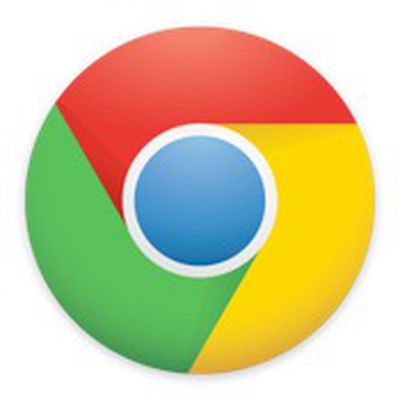 Following yesterday's Gmail update that gave users the option to open links directly in apps like YouTube, Chrome, and Safari, Google has released a blog post detailing Chrome integration tools for iOS developers.
Following yesterday's Gmail update that gave users the option to open links directly in apps like YouTube, Chrome, and Safari, Google has released a blog post detailing Chrome integration tools for iOS developers.
With the iOS Links functionality, developers can give users the option to open a link in Chrome rather than Safari. In addition to opening a link in Chrome, developers are also given a dedicated back button within the browser, which will return users to the original app.
As an iOS app developer, when your users want to access web content, you currently have two options: create your own in-app web browser frame, or send users away from your app to a browser.
With Chrome's OpenInChromeController class with x-callback, users can open a web page in Chrome and then return to your app with just one tap.
Chrome's integration tools for developers have existed for several months, but with the release of its own app that supports the opening of links in Chrome, Google is reminding developers about the available functionality.
Apple prevents third party browsers like Chrome from being set as the default iOS browsing option, which has prompted Google to create a workaround that provides a Google-centric experience on Apple's operating system.


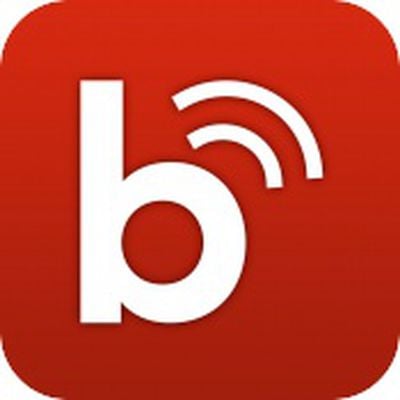 Hotspot Wi-Fi provider
Hotspot Wi-Fi provider  A German court has ruled that eight provisions in Apple's privacy policy are inapplicable because they
A German court has ruled that eight provisions in Apple's privacy policy are inapplicable because they 

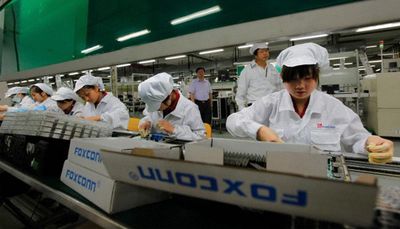

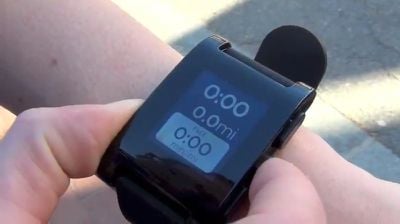
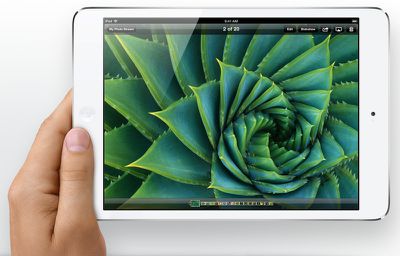
 PopCap has shared few details about the sequel to its popular lane defense game Plants vs. Zombies after
PopCap has shared few details about the sequel to its popular lane defense game Plants vs. Zombies after  Jony Ive has been in the spotlight since late last year when he
Jony Ive has been in the spotlight since late last year when he 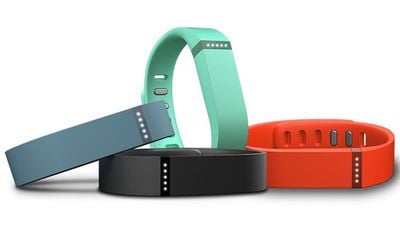 The waterproof band needs to be charged approximately every five days and syncs via Bluetooth 4.0. It works in conjunction with the
The waterproof band needs to be charged approximately every five days and syncs via Bluetooth 4.0. It works in conjunction with the 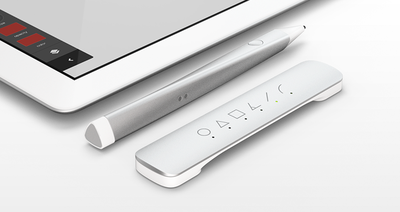
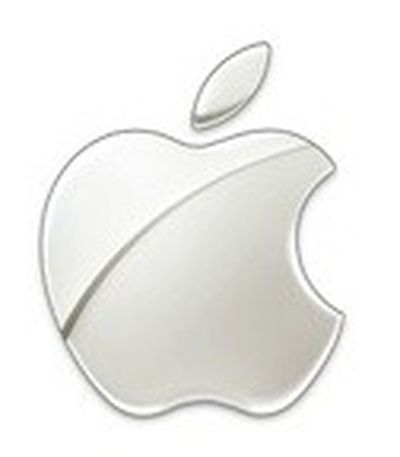 Apple is missing the opportunity to reach
Apple is missing the opportunity to reach  Adobe has decided to focus its resources on Creative Cloud and will not continue development on its Creative Suite software,
Adobe has decided to focus its resources on Creative Cloud and will not continue development on its Creative Suite software,  EA has
EA has  Google has updated its Gmail for iOS app with a pair of new features aimed at Google power-users.
Google has updated its Gmail for iOS app with a pair of new features aimed at Google power-users.












